
Kudos has partnered with CardRatings and Red Ventures for our coverage of credit card products. Kudos, CardRatings, and Red Ventures may receive a commission from card issuers. Kudos may receive commission from card issuers. Some of the card offers that appear on Kudos are from advertisers and may impact how and where card products appear on the site. Kudos tries to include as many card companies and offers as we are aware of, including offers from issuers that don't pay us, but we may not cover all card companies or all available card offers. You don't have to use our links, but we're grateful when you do!
When to Use Which Credit Card: A Decision Tree for Every Purchase
July 1, 2025

.webp)
The $47 Mistake You're Making Every Week
You're standing at the Whole Foods checkout with $120 worth of groceries. You reach for your wallet and grab... the wrong credit card. Instead of earning 4% back ($4.80), you just earned 1% ($1.20). That's $3.60 left on the table—and you make this same mistake 3-4 times per week.
Over a year, these small decisions add up to hundreds, sometimes thousands, of dollars in missed rewards. The average American with multiple credit cards earns 40-60% less in rewards than they could simply because they're using the wrong card for each purchase.
The solution isn't carrying fewer cards (that actually limits your earning potential). The solution is knowing exactly which card to pull out of your wallet for every single transaction. This guide provides you with a simple decision tree that eliminates guesswork and maximizes every dollar you spend.
Understanding Your Credit Card Arsenal
Before we dive into the decision framework, let's quickly categorize the cards you probably already have in your wallet. Most credit cards fall into one of these five categories:
Flat-Rate Cards earn the same percentage on every purchase—typically 1.5% to 2% cash back or points. These are your baseline cards. Examples include the Citi Double Cash® Card with 2% on everything or Capital One QuicksilverOne Cash Rewards Credit Card (1.5% cash back on everything).
[[ SINGLE_CARD * {"id": "580", "isExpanded": "false", "bestForCategoryId": "15", "bestForText": "Everyday Spenders", "headerHint": "No Annual Fee"} ]]
[[ SINGLE_CARD * {"id": "428", "isExpanded": "false", "bestForCategoryId": "15", "bestForText": "Cash Back Seekers", "headerHint": "Straightforward Rewards"} ]]
Bonus Category Cards offer elevated rewards in specific spending categories like groceries (3-6%), dining (3-4%), gas (3-5%), or travel (2-5%), while earning less (usually 1%) on everything else. The Chase Sapphire Preferred® Card and American Express® Gold Card are classic examples.
[[ SINGLE_CARD * {"id": "509", "isExpanded": "false", "bestForCategoryId": "15", "bestForText": "Frequent Travelers", "headerHint": "Exceptional Travel Value"} ]]
[[ SINGLE_CARD * {"id": "118", "isExpanded": "false", "bestForCategoryId": "15", "bestForText": "Frequent Travelers", "headerHint": "Generous Travel Rewards"} ]]
Rotating Category Cards change their 5% cash back categories every quarter. You might get 5% on gas in Q1, then groceries in Q2. These require activation each quarter. The Chase Freedom Flex® and Discover It Cash Back Credit Card are the most popular options.
[[ SINGLE_CARD * {"id": "2883", "isExpanded": "true", "bestForCategoryId": "52", "bestForText": "No-Fee Card Seekers", "headerHint" : "No Annual Fee" } ]]
[[ SINGLE_CARD * {"id": "821", "isExpanded": "false", "bestForCategoryId": "15", "bestForText": "Cash Back Seekers", "headerHint": "0 Annual Fee"} ]]
Flexible Category Cards let you choose your bonus categories monthly or quarterly. The Citi Custom Cash® Card automatically gives you 5% on your highest-spend category each month (up to $500 in purchases), while the US Bank Cash+ Visa Signature Card lets you select two 5% categories each quarter.
[[ SINGLE_CARD * {"id": "2885", "isExpanded": "false", "bestForCategoryId": "15", "bestForText": "Cash Back Seekers", "headerHint": "Flexible Cash Back Card"} ]]
[[ SINGLE_CARD * {"id": "2353", "isExpanded": "false", "bestForCategoryId": "15", "bestForText": "Cash Back Seekers", "headerHint": "No Annual Fee Card"} ]]
Premium Travel Cards emphasize travel purchases, lounge access, and statement credits over everyday spending rewards. Cards like the Chase Sapphire Reserve® or American Express Platinum Card® fall here.
[[ SINGLE_CARD * {"id": "510", "isExpanded": "false", "bestForCategoryId": "15", "bestForText": "Frequent Travelers", "headerHint": "$300 Annual Travel Credit"} ]]
[[ SINGLE_CARD * {"id": "106", "isExpanded": "false", "bestForCategoryId": "15", "bestForText": "Frequent Travelers", "headerHint": "Serious Points on Flights"} ]]
Take 60 seconds right now to categorize every card in your wallet. This knowledge forms the foundation of smart card usage.
The Purchase Decision Tree: Your New Shopping Companion
Here's your simple decision framework for choosing the right card for any purchase. Follow this hierarchy every time you reach for your wallet:
Level 1: Check for Active Promotions or Limited Offers
Always start here. Time-sensitive opportunities trump your normal strategy.
Ask yourself: Does any card in my wallet have an active limited-time offer at this specific merchant?
This includes Flash Boost campaigns where specific merchants offer temporary elevated cashback (often 8-20% back for a limited time), card-linked offers you've added to your American Express, Chase, or Bank of America accounts (like "Get $10 back when you spend $50 at Starbucks"), welcome bonus minimum spend requirements you're still working toward, or quarterly activation categories on rotating cards that expire soon.
If yes, use that card. Limited offers always provide the highest return and expire quickly.
Level 2: Match Purchase to Highest Bonus Category
If there's no active promotion, identify what you're buying and match it to your card with the highest earning rate for that category.
The Category Matching Guide:
For Grocery Store Purchases: Use your card with the highest grocery reward rate, but watch out for these common exceptions. Most "grocery rewards" exclude Walmart, Target, and warehouse clubs like Costco or Sam's Club—these typically code as discount stores or wholesale clubs. Some cards cap grocery rewards at $6,000-$25,000 annually, after which the rate drops to 1%.
Top grocery cards typically offer 4-6% cash back (Cash back is received in the form of Reward Dollars that can be redeemed as a statement credit and at Amazon.com checkout): American Express® Gold Card, Blue Cash Preferred® Card from American Express, or Citi Custom Cash® Card.
[[ SINGLE_CARD * {"id": "261", "isExpanded": "false", "bestForCategoryId": "15", "bestForText": "Cash Back Seekers", "headerHint": "Popular Cash Back Card"} ]]
For Dining Purchases: This includes restaurants, fast food, food delivery apps, and some coffee shops—but not grocery store delis or food courts in retail stores. Most dining cards offer 3-4% back with no annual cap.
Typical dining cards: American Express® Gold Card, Chase Sapphire Preferred® Card, Capital One Savor Cash Rewards Credit Card.
For Gas Station Purchases: Watch for the difference between gas station purchases (which qualify) and pay-at-the-pump vs. inside convenience store purchases (which may or may not qualify, depending on the card and how the transaction codes). Many "gas rewards" include EV charging stations, but always at standalone charging networks—not charging inside parking garages.
Best gas cards: Citi Custom Cash® Card and Bank of America® Business Advantage Customized Cash Rewards Mastercard® credit card.
[[ SINGLE_CARD * {"id": "191", "isExpanded": "false", "bestForCategoryId": "15", "bestForText": "Business Owners", "headerHint": "1% Everywhere"} ]]
For Travel Bookings: This is where it gets complex. "Travel" varies wildly by card and issuer. Most cards reward flights booked directly with airlines, hotels booked directly with hotel brands, rental cars from major rental companies, cruises, trains, buses, ride-sharing services (Uber/Lyft), tolls, and parking garages.
What usually doesn't count: Third-party booking sites sometimes don't code as travel, travel insurance, airport shops and restaurants, vacation property rentals may or may not count depending on the platform, and timeshares.
Premium travel cards: Chase Sapphire Reserve®, the Platinum Card® from American Express, and Citi Strata Premier® Card.
[[ SINGLE_CARD * {"id": "7783", "isExpanded": "false", "bestForCategoryId": "15", "bestForText": "Frequent Travelers", "headerHint": "Robust Rewards Program"} ]]
For Online Shopping: This is the trickiest category because it's defined differently by every issuer. Some cards reward "online shopping" specifically (meaning the transaction must be made on a website, not in person). Others reward specific online merchants as separate categories.
Key considerations: Amazon has its own co-brand card, many "online shopping" categories exclude online grocery delivery, online bill payments, and digital subscriptions, and some cards treat online shopping as a separate category from in-store shopping at the same merchant.
For Everything Else: If your purchase doesn't fit a specific bonus category, use your highest flat-rate card. This is typically a 2% card like the Citi Double Cash® Card, Wells Fargo Active Cash® Card, or any card offering 1.5-2% on all purchases.
[[ SINGLE_CARD * {"id": "2894", "isExpanded": "false", "bestForCategoryId": "15", "bestForText": "Cash Back Seekers", "headerHint": "0 Annual Fee"} ]]
Level 3: Consider Card-Specific Benefits Beyond Rewards
Sometimes a card offers protections or benefits worth more than the cash back difference.
When to prioritize benefits over rewards rate:
Extended warranty and purchase protection: For electronics, appliances, or expensive items, use a card offering extended warranty (typically adds 1 additional year) and purchase protection (covers theft or damage for 90-120 days). Many premium cards include this. Terms apply to American Express benefits and offers. Enrollment may be required for select American Express benefits and offers. Visit americanexpress.com to learn more.
Trip delay and cancellation insurance: Always book flights with a card offering trip protection. If your flight is delayed 6+ hours, cards like the Chase Sapphire Reserve® or Citi Prestige Card reimburse hotels, meals, and essentials.
[[ SINGLE_CARD * {"id": "556", "isExpanded": "false", "bestForCategoryId": "15", "bestForText": "Higher Earners", "headerHint": "5x on Restaurants"} ]]
Cell phone protection: If you're paying your cell phone bill, use a card with cell phone insurance. The Chase Freedom Flex® and Ink cards cover up to $600 per claim if you pay your phone bill with that card.
Rental car coverage: When renting cars, use a card with primary rental car insurance (Chase Sapphire Reserve®, most premium cards). This means the card insurance kicks in first, protecting your personal auto insurance from rate increases.
Return protection: For purchases you might return, some American Express and Chase cards will refund you if the merchant won't accept returns, up to $300-$500 per item.
Level 4: Strategic Spending Considerations
After checking promotions, categories, and benefits, consider these final optimization factors:
Meeting minimum spend requirements: If you're working toward a welcome bonus (e.g., "spend $4,000 in 3 months to earn 60,000 points"), route as much spending as possible to that card, even if another card would earn slightly more rewards. Welcome bonuses typically represent 30-50% of your first-year reward value.
Approaching quarterly or annual caps: Many cards cap bonus category earnings—$2,500 per quarter for rotating categories, $6,000 per year for grocery rewards, etc. If you're nearing a cap, switch to a different card for that category and save your remaining bonus capacity for later in the period.
Monthly maximization with dynamic cards: Cards like Citi Custom Cash® Card automatically give you 5% on your highest spend category each month, up to $500 in purchases ($25 cash back). Once you hit that $500 threshold mid-month, switch to another card for that category.
Foreign transaction fees: When traveling internationally or shopping from international websites, always use a card with no foreign transaction fees (typically 0% vs. 3% fee). Most travel cards have no foreign fees, but many cash back cards charge 3%.
Common Mistakes to Avoid
Even with a decision tree, many cardholders make these frequent errors:
Mistake 1: Forgetting to Activate Rotating Categories
The Chase Freedom Flex® and Discover it® Cash Back both require quarterly activation. If you forget to log in and click "activate," you'll earn only 1% instead of 5% all quarter long. Set a recurring calendar reminder for the first day of each quarter.
Mistake 2: Assuming All Merchants Code Correctly
Just because you're at a "grocery store" doesn't mean your card sees it that way. Walmart and Target code as discount stores. Some warehouse clubs like Costco may not trigger grocery bonuses. Gas station convenience stores sometimes code as general merchandise if you pay inside. Always check your statement after the first purchase at a new merchant to confirm how it coded.
Mistake 3: Using Premium Cards for Non-Bonus Spending
Your Chase Sapphire Reserve® or the Platinum Card® from American Express earns just 1X points on non-bonus categories. That's equivalent to 1% cash back—worse than a simple 2% flat-rate card. Reserve premium cards for categories where they excel (travel, dining), and use a flat-rate card for everything else.
Mistake 4: Ignoring Annual Caps Mid-Year
If your American Express® Gold Card has a $25,000 annual grocery cap and you hit it in August, continuing to use that card for U.S. supermarkets means you're earning only 1X points (1%) instead of 4X—effectively turning your premium card into a basic card. Switch to a different card once you hit caps.
Mistake 5: Overthinking Small Purchases
The decision tree is powerful, but don't spend 5 minutes deciding which card to use for a $4 coffee. For purchases under $10-15, just default to whichever card is most convenient or one you're trying to meet a minimum spend on. The difference between 1% and 4% on $5 is only 15 cents—not worth the mental overhead.
Simplifying the Process: Tools and Systems
Managing multiple credit cards and making optimal decisions every time sounds exhausting. Here's how to make it nearly effortless:
Create a Card Hierarchy Cheat Sheet
Make a simple table listing each card and its best-use categories. Laminate it and keep it in your wallet or save it as a photo on your phone. Glance at it before each purchase until the hierarchy becomes automatic (usually 2-3 weeks).
Automate Fixed Recurring Bills
For subscriptions and bills that charge monthly, set each one to the optimal card once, and you're done:
- Streaming services (Netflix, Spotify, Hulu) → Card with entertainment bonus
- Phone bill → Card with cell phone protection
- Internet/Cable → Card with utilities bonus or minimum spend card
- Rent/Mortgage → Flat-rate 2% card if your landlord/servicer accepts cards (watch for processing fees)
This ensures 30-40% of your monthly spending is automatically optimized without any thought.
Use Digital Wallets Strategically
Add your cards to Apple Pay, Google Pay, or Samsung Pay in priority order. Position your most frequently used card first (typically a flat-rate card), with category bonus cards accessible with one tap. Mobile payment platforms make switching cards at checkout nearly instant.
Review and Adjust Quarterly
Set a recurring reminder every 3 months to:
- Check if any new cards better fit your spending patterns
- Review whether you're hitting bonus category caps
- Update your rotating category cards for the new quarter
- Evaluate if premium cards are worth their annual fees
This 15-minute quarterly review keeps your strategy sharp without requiring daily attention.
Advanced Optimization Techniques
Once you've mastered the basics, these advanced tactics can squeeze even more value from your credit card strategy:
The Cap Management System
When you have cards with spending caps, track your running total and deliberately "spread out" your spending. If you're at $20,000 in June, you have $5,000 capacity remaining for the year. Instead of hitting it immediately, moderate your grocery spending on that card to make the bonus last through December, using a 2% card for overflow.
Strategic Merchant Selection
Sometimes where you shop matters as much as which card you use. If you need groceries and your top grocery card is capped, consider whether Whole Foods (which codes as grocery) is worth a small premium over Walmart (which doesn't code as grocery), given the 3-4% difference in rewards. A $150 shopping trip might cost $155 at Whole Foods, but if you're earning 4% extra ($6.20 vs. $1.55), you're still ahead by $2.75.
The Rotating Category Pre-Buy Strategy
When high-spending categories appear on your rotating 5% cards, stock up. If Q2 offers 5% on home improvement and you know you'll need to repaint your house eventually, buy the supplies during the bonus quarter (up to your $1,500 cap). You're earning 5% instead of the 1-2% you'd earn outside the bonus period.
Leverage Temporary Elevated Earning Rates
Many cards offer elevated earning rates in the first year, like 6% instead of 3% for 12 months. Concentrate as much spending as possible in those categories during the promotional period. When the Bank of America® Customized Cash Rewards offers 6% in your chosen category for the first year (instead of the standard 3%), maximize that category even if it means shifting spending patterns slightly.
When Should You Actually Care About This?
Let's be honest: not everyone needs to optimize every transaction. Here's when the decision tree matters most:
You should definitely use this framework if:
- You carry 3+ credit cards with different bonus structures
- Your monthly credit card spending exceeds $2,000
- You're working toward travel goals and accumulating points
- You enjoy financial optimization and have the time to manage it
- You have a specific goal (downpayment, vacation) funded by rewards
You probably don't need this level of optimization if:
- You have only 1-2 credit cards
- Your monthly spending is under $1,000
- You prefer simplicity over maximization
- You often carry balances (paying interest negates any rewards benefit)
- The mental overhead stresses you out more than the savings excite you
For those in the second category, simply use the best flat-rate card for everything (2% back) and call it a day. You'll still do better than 70% of cardholders.
Frequently Asked Questions
How much am I really leaving on the table by using the wrong card?
On average, cardholders using a suboptimal card for purchases leave $600-1,200 in rewards on the table annually. High spenders (>$4,000/month) with 3+ cards can leave $1,500-2,500 unclaimed. A simple monthly audit of your past transactions—checking what you actually used versus what you should have used—typically reveals $50-100 in missed rewards each month.
Should I always use the card with the highest rewards rate for a category?
No, not always. Sometimes a slightly lower reward rate is better if the card offers valuable purchase protections (extended warranty, return protection), if you're trying to meet a minimum spend for a welcome bonus, or if you're approaching a spending cap on your highest-earning card and want to preserve capacity. Always consider the context, not just the base earning rate.
What if I don't know which category a merchant codes as?
For your first purchase at any merchant, pick your best guess based on what they sell. Then check your credit card statement 2-3 days later to see how it actually coded. Take a screenshot or make a note in your phone. Most merchants code consistently, so once you confirm how Costco codes on your card, you'll know forever. Alternatively, tools like Kudos maintain databases of how 15,000+ merchants code and can tell you automatically.
Is it worth using different cards if the difference is only 1-2%?
On small purchases (under $20), the absolute difference is minimal—$0.20-$0.40 per transaction. But over dozens of transactions per month, it compounds significantly. If you buy $500/month in groceries and use a 4% card instead of a 1% card, that's $15/month or $180/year in grocery rewards alone. Across all spending categories, the difference between optimized and unoptimized card use typically ranges from $50-150 monthly.
How do I keep track of spending caps on multiple cards?
Most card issuers show your progress toward annual caps in your online account or mobile app (look for "bonus rewards tracker" or "year-to-date earnings"). For manual tracking, create a simple spreadsheet with each card's caps and update it monthly when you review statements. Alternatively, use a tool like Kudos that automatically tracks your spending against all your cards' caps and warns you when you're approaching limits.
Conclusion: Master the Decision, Maximize the Rewards
Using the right credit card for every purchase isn't about being a "credit card nerd" or spending hours optimizing. It's about understanding a simple hierarchy—check for promotions first, match categories second, consider benefits third—and applying it consistently.
The average person makes 40-60 credit card transactions per month. If you optimize even half of those transactions, the difference between earning 1% and 3-5% represents an extra $500-1,500 annually. That's a nice vacation, a contribution to your emergency fund, or a meaningful reduction in your holiday shopping budget—earned simply by pulling out the right card.
Start simple: categorize your cards, create a quick reference cheat sheet, and begin applying the decision tree to large purchases ($50+) where the impact is most noticeable. Within 2-3 weeks, you'll have internalized the framework and it'll become second nature.
The best part? Once you establish the right habits, the effort required drops to nearly zero while the rewards keep compounding year after year. You're already spending this money—you might as well earn the maximum reward for it.
Ready to simplify your credit card decisions? Kudos analyzes your cards, tracks current promotions, and automatically recommends the best card for every purchase. Stop guessing and start maximizing—install Kudos today and never leave rewards on the table again.
Unlock your extra benefits when you become a Kudos member

Turn your online shopping into even more rewards

Join over 400,000 members simplifying their finances

Editorial Disclosure: Opinions expressed here are those of Kudos alone, not those of any bank, credit card issuer, hotel, airline, or other entity. This content has not been reviewed, approved or otherwise endorsed by any of the entities included within the post.
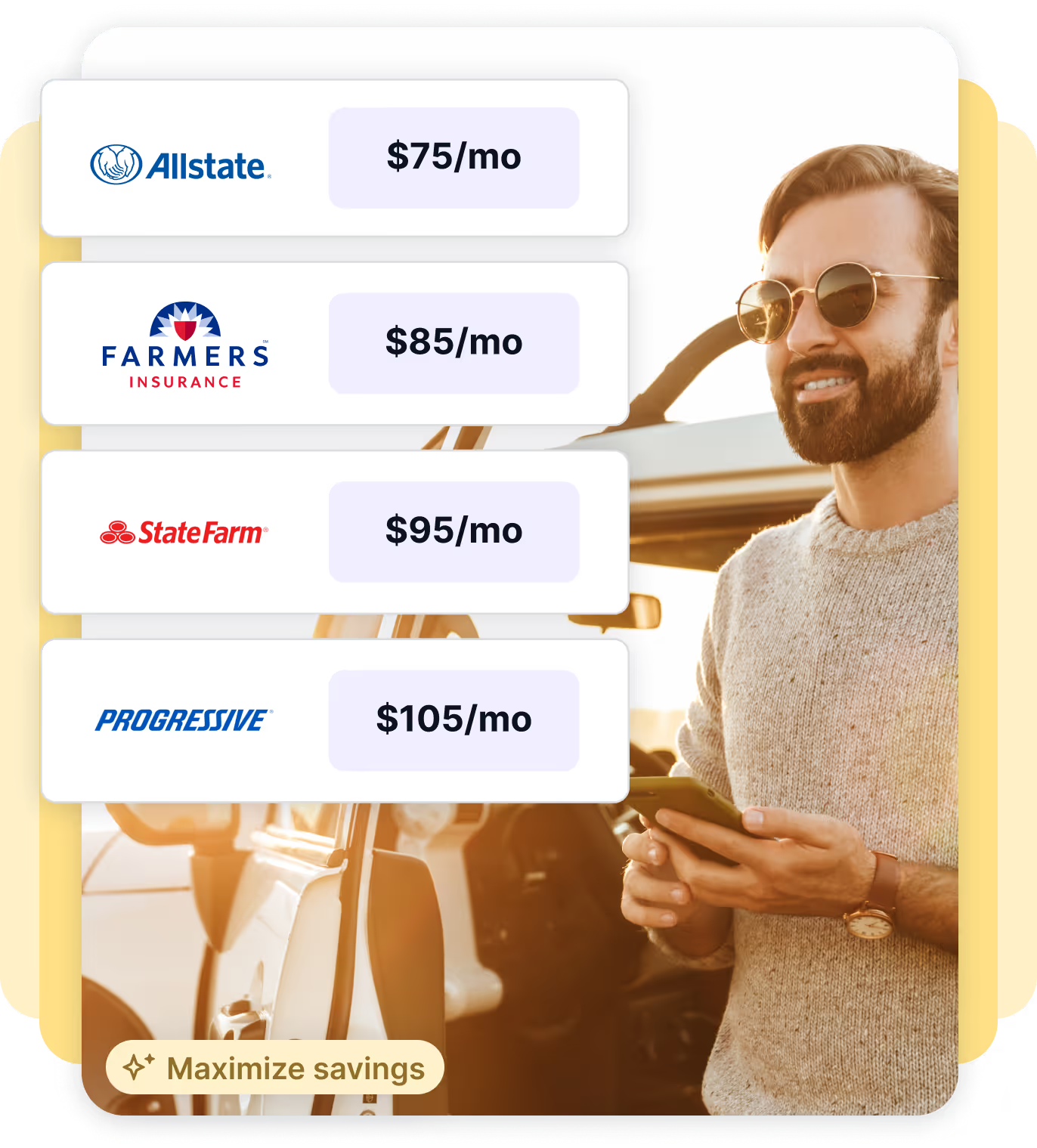
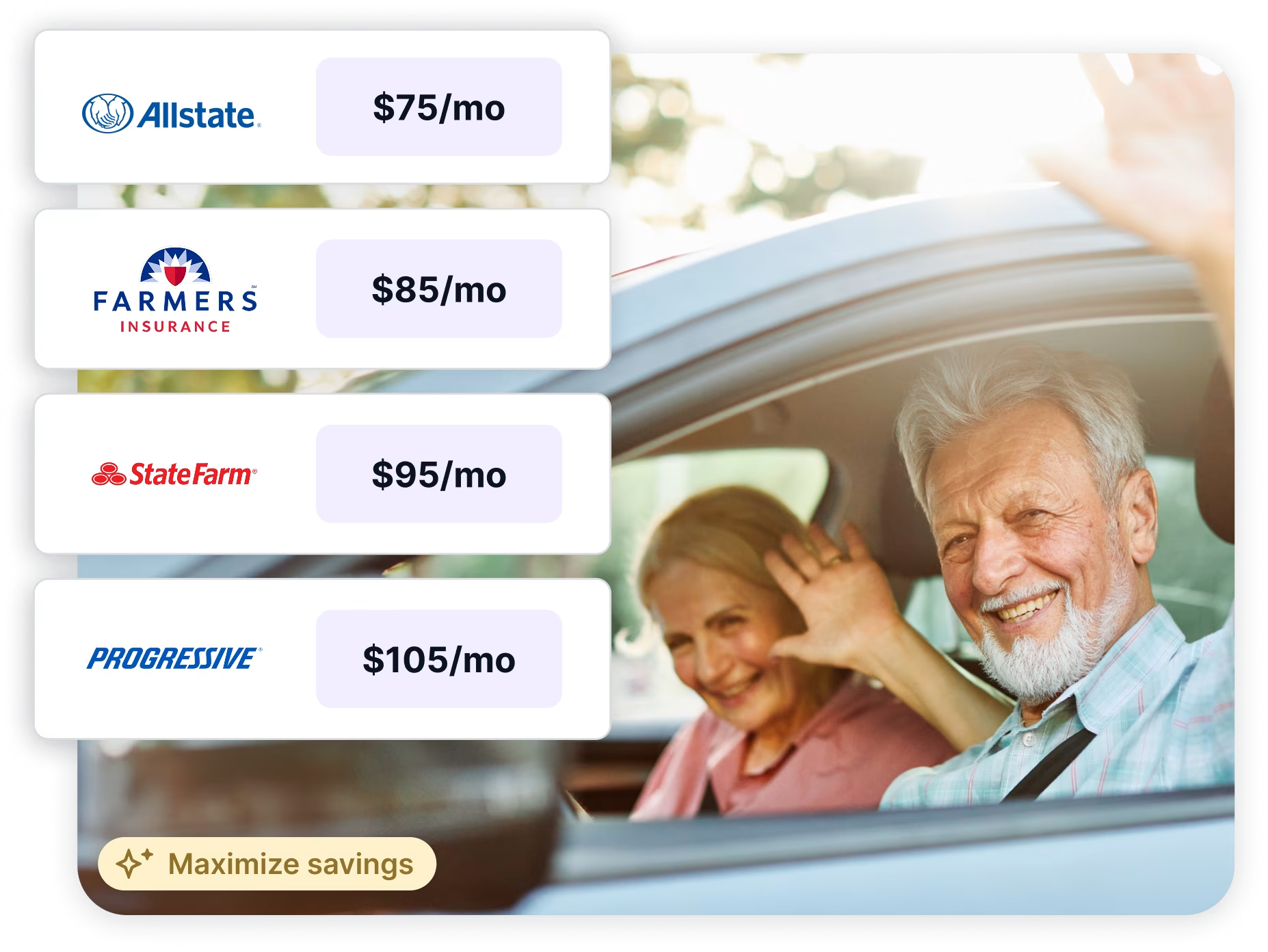
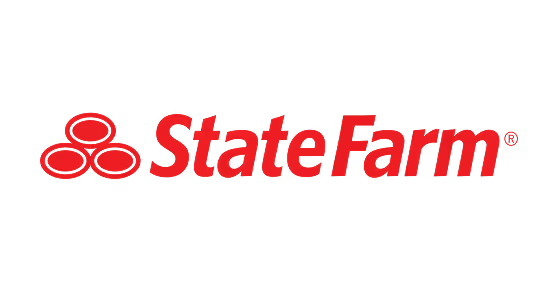
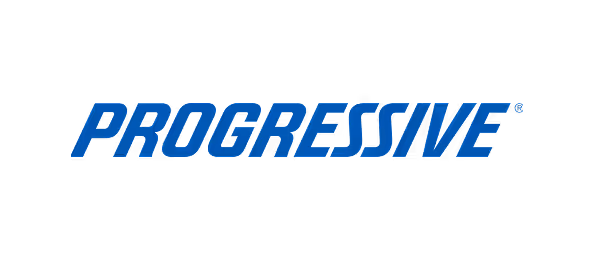
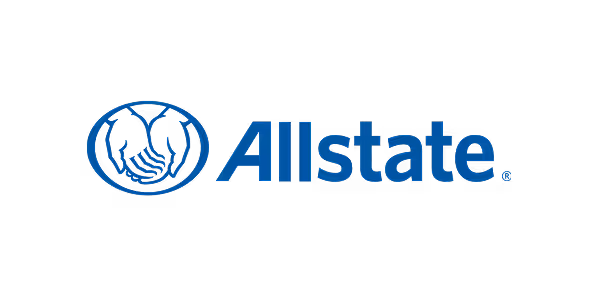



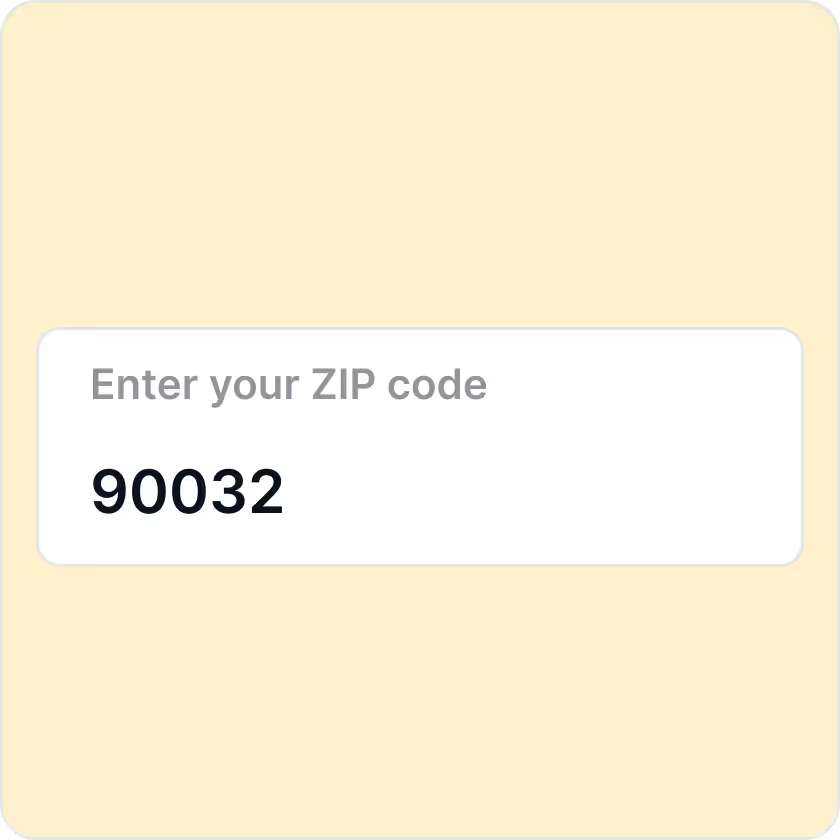

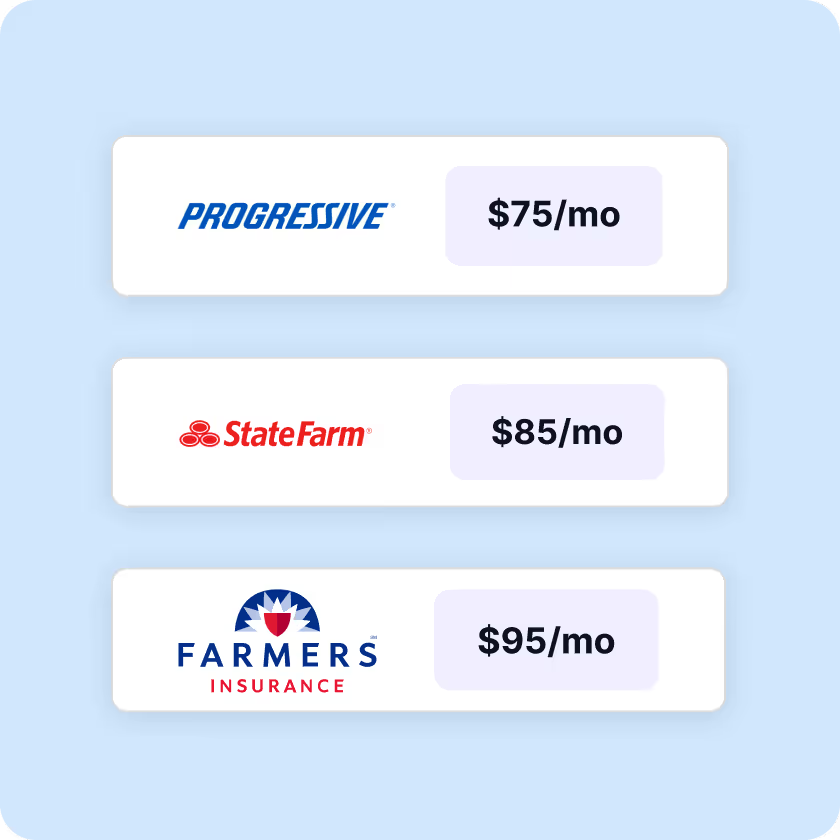
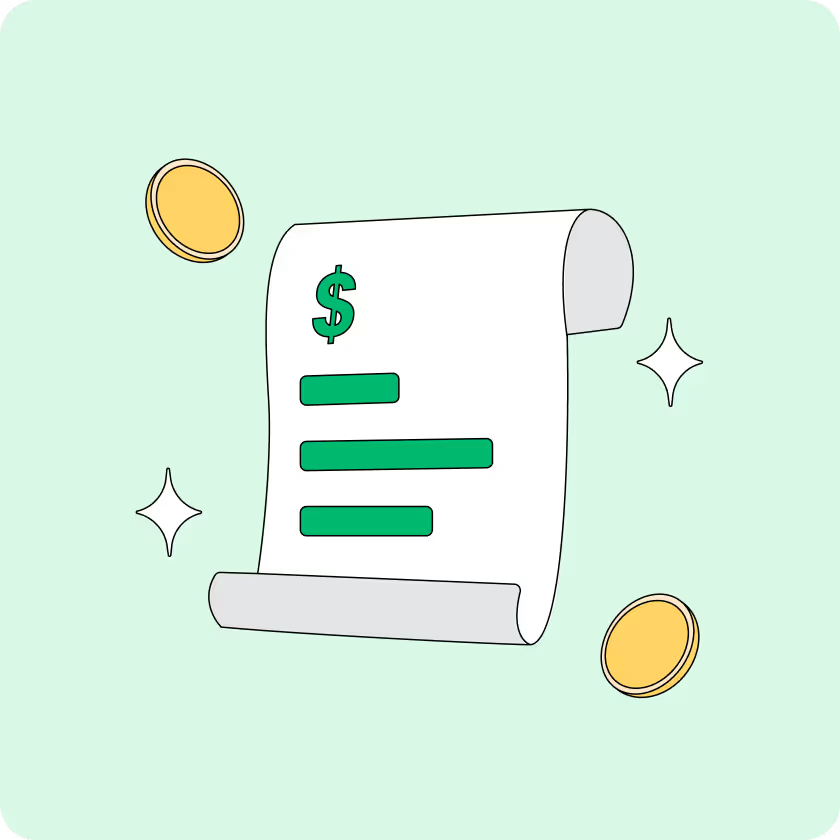







.webp)















.webp)








